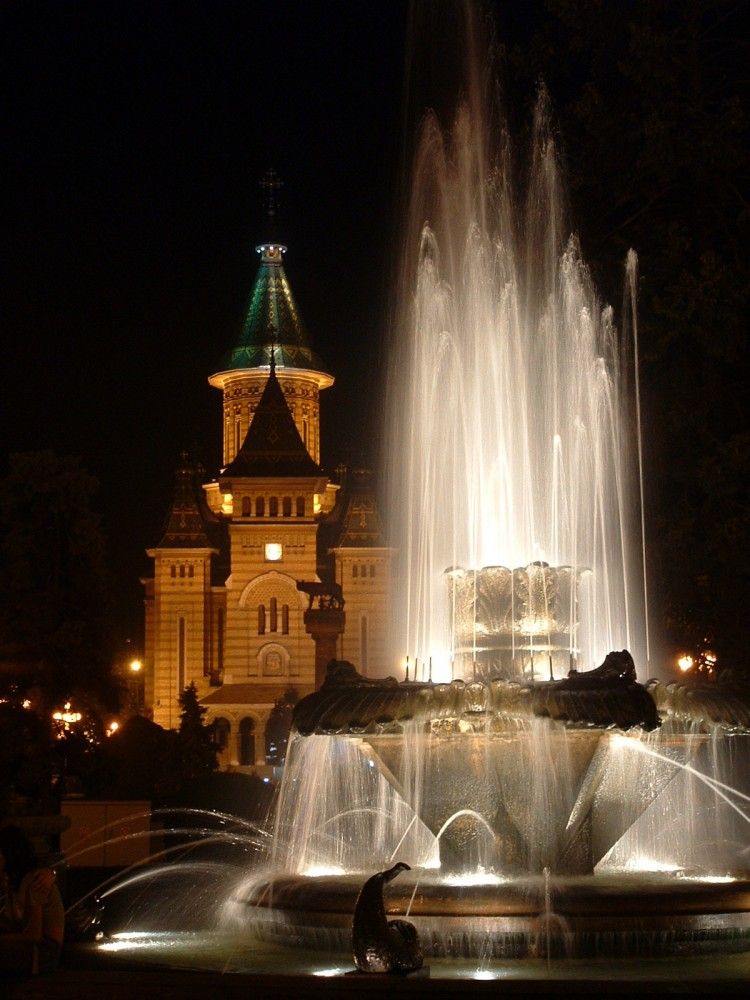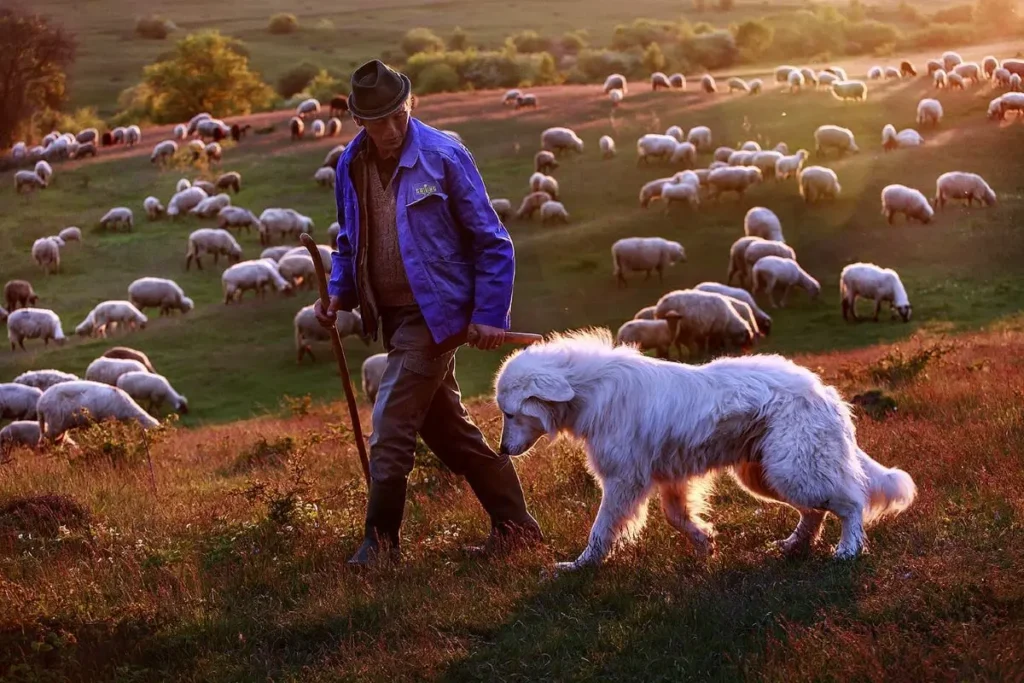Chapters
Visit the Timisoreana brewery, take a trip to the zoo, or participate at the Timishort Film Festival. There are countless things to do in Timisoara that will make your trip unforgettable. Did you know that the city is also known as “Little Vienna” because of its rich cultural life and architecture?
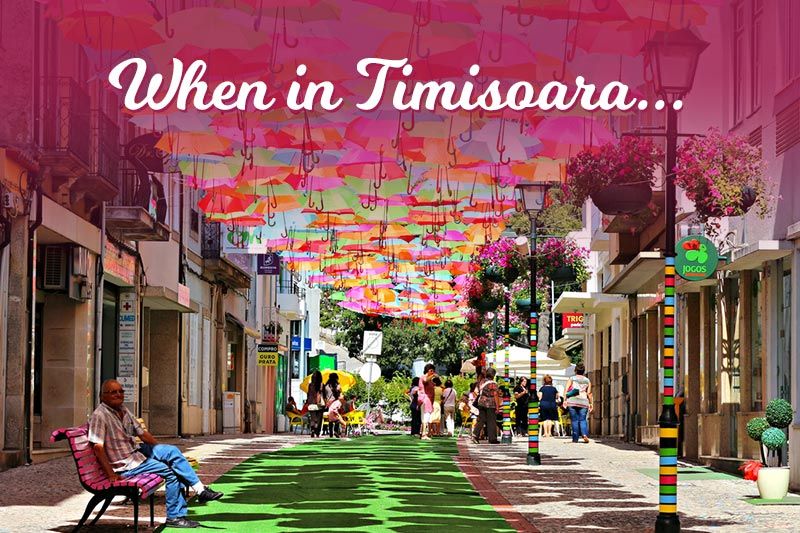
Timisoara is located in western Romania, near Serbia, and one of the largest Romanian cities. Timisoara is known as “Little Vienna” because of its rich cultural life, historical remains, and buildings dating from the 18th century. Timisoara was the first European city to introduce horse-drawn trams (in 1869), and in 1989 the place where, for the first time, the people’s voices raised against the communist regime; this was on 16th December and spread all over the country and ended on 25th December with the death of the Ceausescu couple. The Romanian Revolution ends 42 years of dictatorship with the hardest life conditions in all European communist zones.
30 years later, after the blood path during the Timisoara Revolution, the city was elected as the European Capital of Culture for 2021. A unique multi-ethnic community made Timisoara a great place to live, where Romanian, Germans ethnic, Hungarians, Serbians, Gypsies, and even Italians contributed to the city’s development. Because 2020 was marked by lockdowns worldwide, the events prepared for the European Capital of Culture suffered delays, and the decision to move all to 2023 was taken. Today, Timisoara among Cluj and Iasi is the economic polls of Romania, where the young generation is deeply involved in giving the city a new direction oriented toward creative industries.
Because Timisoara is on the west border of Romania, and quite far from Bucharest, we recommend you take a direct flight to Timisoara Airport. Most of the tourists are combining Timisoara’s visit with a tour of Transylvania or coming from Hungary. For a pleasant visit, we recommend two nights stay with a day dedicated to a tour of Timisoara and one day to visit the surroundings.
Now that you started to know a little bit about the city, maybe it’s a good time to check our Timisoara travel guide.
1. Visit the best museums in Timisoara
For the art lovers, we recommend the Art Museum hosted in the Baroque Palace, a building from the 18th Century. The museum has 8 art collections:
-
Old Banat Art section- is represented mostly by icons on wood or canvas from the XVIII-XIX century. Today is over 1000 pieces collected from historical regions of Romania like Banat, Transylvania, or Banat.
-
Decorative Art section- numbers over 1500 pieces from clocks, furniture, glass, ceramics, or porcelain. The collection represents all styles that influence Europe in general and the Banat region, particularly starting with the second half of the XIX century.
-
European Art section realizes a passing through main styles in Europe from the XV century till the XVIII century without having very well-known artists in the collection. Most of the paintings belong to Italian artists followed by French, Romanian, and Hungarian with a small representation of the Dutch artists.
-
Contemporary Art section- it’s a representation of different concepts developed in Timisoara starting with 1963 till the present. The artworks are also a mirror of ideological influences.
-
Corneliu Baba collection- Corneliu Baba (1906-1997) is one of the most important Romanian painters famous for his portraits inspired by the art of Goya, Rembrandt, or Tonitza. The collection number 90 pieces.
-
Interwar Painting from Banat Area
-
19th Century Painting from Banat Area
-
European Graphic Art
The National Museum of Banat
The museum is located in the oldest building in Timisoara: Huniade Castle. Hunyadi Castle is the oldest one, built between 1443 and 1447 by Iancu de Hunedoara and completely restored in 1856 after being destroyed during the Revolution from 1848. The museum hosts the Parța Neolithic Sanctuary, dated 5000 BC, one of the few of this kind in Europe. The collections are split between departments for history, archaeology, ethnography, and natural sciences.
Theresia Bastion
The Maria Theresia Bastion is the largest preserved piece of Timisoara’s fortress and was built between 1732 and 1734. The rooms in this part of the bastion were used to deposit food. Now, the area has been transformed into a cultural space with events and two permanent exhibitions: one dedicated to “Information and Communication Technology” and the other to “Violin—a passion for life.”
2. Visit the Zoo
Even though it is a small zoo, where you can spot lots of animals from Europe, Australia, South America and Africa like: deer, bear, black swan, dwarf kangaroo, emu bird, monkeys, guanaco, ponies, hinds, wildcats, ducks, reindeer, ostrich, peacocks, goats, wild pigs, it is a fun place to spend with kids and no only.
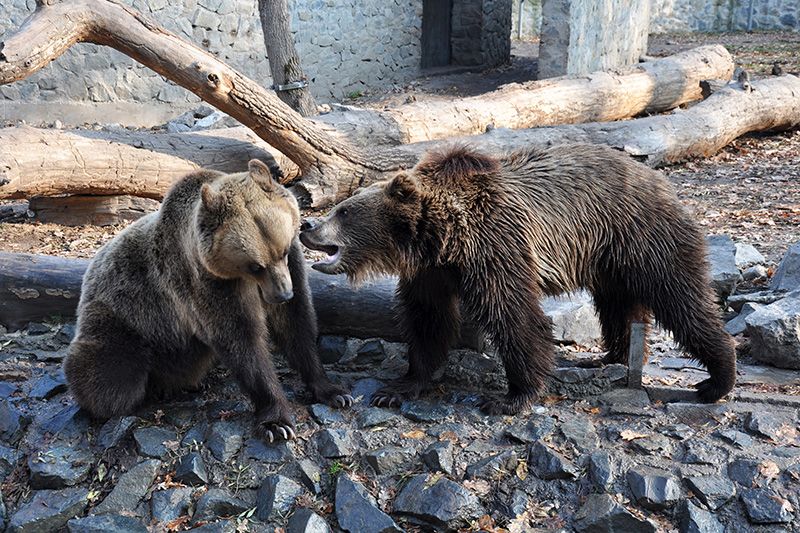
Tip: Bring some food because you can feed the goats; they are so friendly and come really close to you if you give them food. Besides, if you come with kids, they have a special park where they can play.
3. Watch the European Festival of Performing Arts
It is the biggest festival of literature and arts that is organized yearly. There are concerts, dance, theatre, film, workshops, and many more art events.
Tip: Each year, the festival is giving a chance to the audience the joy of witnessing outstanding theatrical performances that should not be missed.
4. Have a walking tour of Timisoara
Timisoara is mostly flat and having a walking tour is the best way to discover the city, the unknown stories together with a diversity of places to take photos.
You can start with the Orthodox Metropolitan Cathedral. The cathedral is one of the most valuable buildings in town and a landmark for the Timisoara image. Till 1919, the Orthodox cult had a limited number of privileges. Only after the Timisoara became part of Romania did the group of Christians get the approval to build the cathedral in Victory Square. Built between 1936 and 1941, the church is one of the biggest in Romania, with a capacity of 5000 people, and before 2010, it was the tallest in Romania at 90,5 meters. The architecture is unique for this part of Europe, as it mixes the Moldavian style with the byzantine elements.
The most beautiful buildings in Timisoara historic centre are a representation of art nouveau, baroque, and neoclassical styles. The Bruck House can’t be missed by the vivid colours and the mix between Secession and Art Noveau with insertions inspired by Hungarian Folklore. The Romanian Opera House is a symbol of the Romanian Revolution, and from this balcony, the revolutionarys read their speeches. In fact, the building shape is a combination of the Renaissance style- the wings, while the facade was built later in neo byzantine style.
Tip: Take a moment to see the beautifully painted icons inside the Cathedral. Inside the Cathedral is a collection of over 3000 books of old religious art from Banat and a valuable collection of icons and paintings.
5. Relax at ”La Capite” Restaurant
A unique location for “leisure” in a summer garden with bales of straw, only good for relaxing on a hot day. Lime trees, plane trees, and oaks give the necessary shade on a sunny summer day.
Tip: Every week here are held concerts, especially rock bands, jazz, alternative rock or pop. It is perfect for enjoying the old-school atmosphere, given by the menu, too (bread with lard, paprika, and onions).
6. Participate at Timishort Film Festival and see the best in short films
There is a short film competition, but there are also features screened at the Gala Screenings. The team has always promoted the top festival film authors, especially the national and/or international premieres.
Tip: You can participate in the non-competitive sections dedicated to a wide audience. Plus, you get to meet with film authors and industry professionals.
7. Take a tour of the Beer Factory
The Timisoreana brewery is the first brewery in Romania, founded in 1718, and parts of the old factory are still preserved today. Here in the garden factory, in November 1847, Austrian composer Johann Straus’s son, along with his orchestra, gave a concert in which he played famous waltzes – The Blue Danube, Artist’s Life, Vienna Blood, and Wine, Women and Song. It was the first concert of Johann Strauss’s son, outside Vienna. You can see lots of interesting things on tour, like how beer is processed or the difference between simple caramel and black malt.
Tip: Near the factory, there is the restaurant La Fabrica din Timisoara, and you can enjoy a beer and some free time.
8. Take a walk in Roses Park during Springtime
Located in the centre of the city, Rose Park is one of the main attractions of Timisoara. The fame of Timisoara as the rose city is largely due to this park.
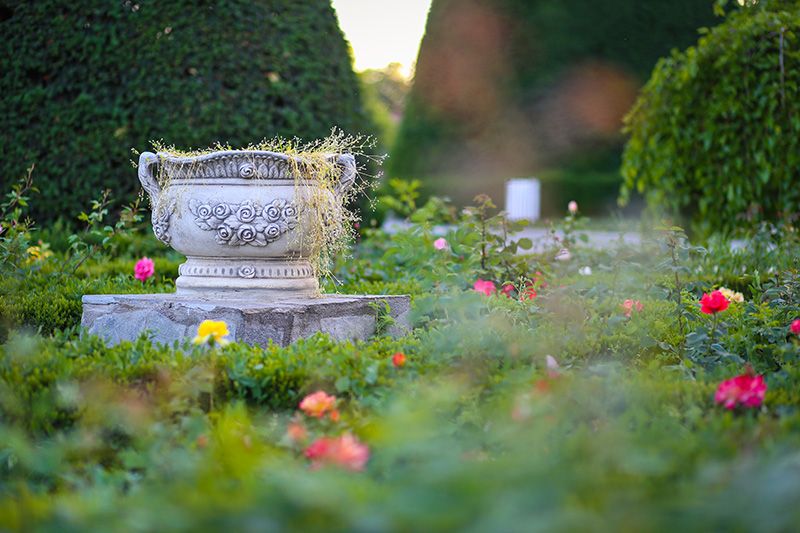
9. Day trips from Timisoara
If you are staying in Timisoara for more days, we made a list of activities and day trips from Timisoara to the main sights:
1. Probably the most popular is the Bigar Waterfall. First, you need to ask yourself if it is worth it driving 2h 30 minutes from Timisoara. A few years ago, the waterfall became famous when professional photographers started to popularize the waterfall with amazing pictures. All these images shared on the internet increase the popularity of the waterfall. It is possible to be disappointed that is not so big and is not a hidden gem since many tourists are making stops for pictures.

2. Fortunately, not far from Bigar Waterfall are the Nera Gorges, one of the last places with virgin forests in Europe, a hidden gem where not too many people dare to come. We recommend you take a hike and will discover nature in the best way. First, look after the signs with Ochiul Beiului Lake or the Devil’s Eye, where blue and green shades are changing during the day. The lake is supplied by underground springs and never frozen, keeping a constant temperature. The colour changes according to the reflection of the sun. Not far from here, upstream on the river Bei, is the Beusnita Waterfall with a fall of 30 meters worth the 40 minutes walk in the forest along the river.
3. The Danube Gorge is probably one of the most scenic places along the river. With a length of about 9 km is the place where the Danube river is crossing the Carpathian Mountains and in one place the river it narrows to only 230 meters. If you want to reach here from Timisoara, you should drive to Orsova. We recommend you take a boat trip to admire the caves and the statue of Decebal, the king of the Dacian Kingdom that faced the Roman Empire in a few epic battles.
4. The Corvin castle, built in the XV century’s an emblematic symbol of the medieval age and one of the most beautiful castles in Europe. The Transylvanian ruler Iancu de Hunedoara or Iancu Corvin transformed a simple medieval defensive system in what is today the Castel, combining the elements of Gothic with Renaissance style. The Corvin Castle is 2 hours and 15 minutes drive from Timisoara to the city of Hunedoara. Once you are here, we recommend the Sarmizegetusa Regia, where you can find the 2000-year-old ruins of the capital of the Dacian Kingdom. After the Romans conquered one of the greatest enemies of the Roman Empire, as a symbolic act, they destroyed the old capital and built a new one named Sarmizegetusa Ulpia Traiana.

